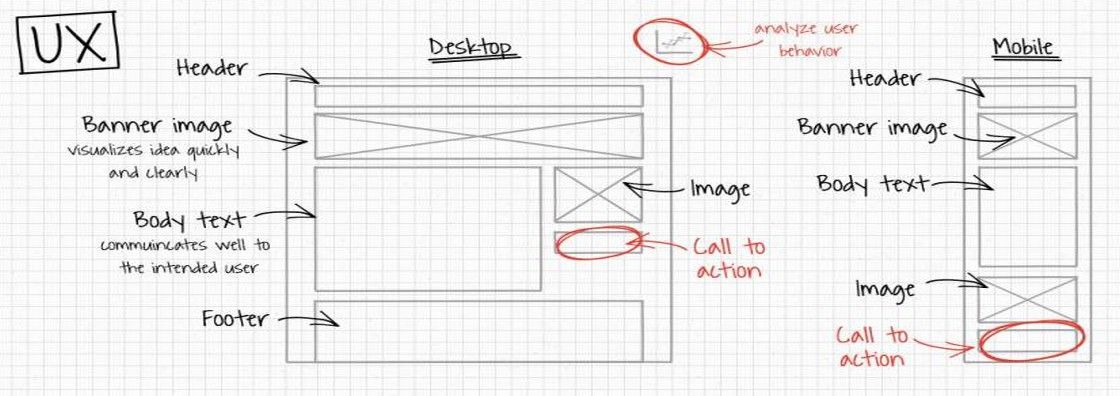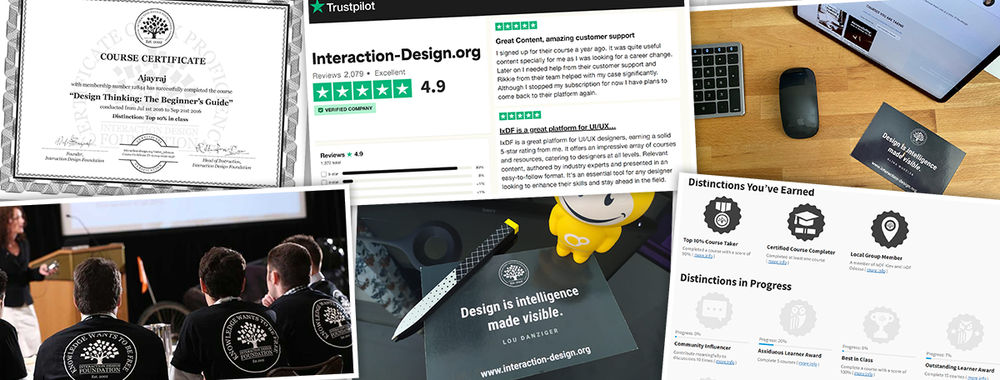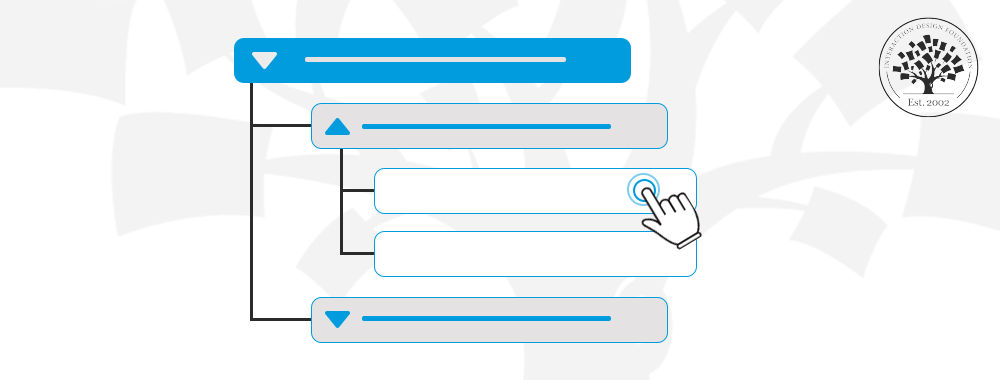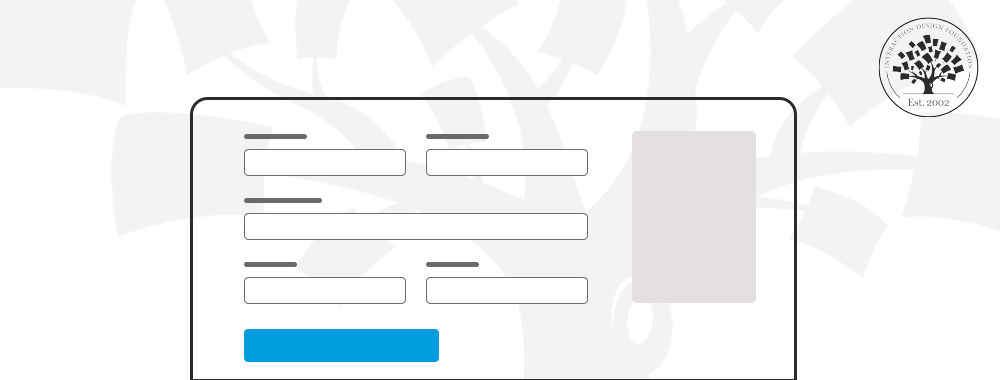Sometimes it’s nice to go back to basics and ask fundamental questions. Today, we’re going to take a look at “what elements influence the user experience of a website?” Understanding this can make it much easier to plan your UX research and ensure that you’re examining each element to some extent and that that element is working well for your users.
The 5 elements that we’ve selected that need to be examined in a UX context are:
Usefulness of the Website
Adherence to Functionality
Influence
So let’s take a look at each element and see why it matters…
Usefulness of the Website
This is, perhaps, the most fundamental question asked of each website by its users; “How is this useful to me?”
And the answer, of course, is relative to the individual. One of the reasons that we define our users before we develop a website is because we need to be able to show usefulness to an audience.
For example, you decide to develop a website about cars and their maintenance. To some people this will be fantastically useful. To me, as a lifetime non-driver, it has very little value and I’m not expecting to take up a career as a mechanic so it will probably remain fairly useless to me throughout my life.
By defining an audience clearly, the developer of the cars and maintenance site can safely ignore people like me when considering their user experience. It’s not that the idea is not useful. It’s simply not useful to me. My neighbour on the other hand seems to spend all day caring for his car when he’s not working… to him it may well be the most useful site he’s ever encountered.
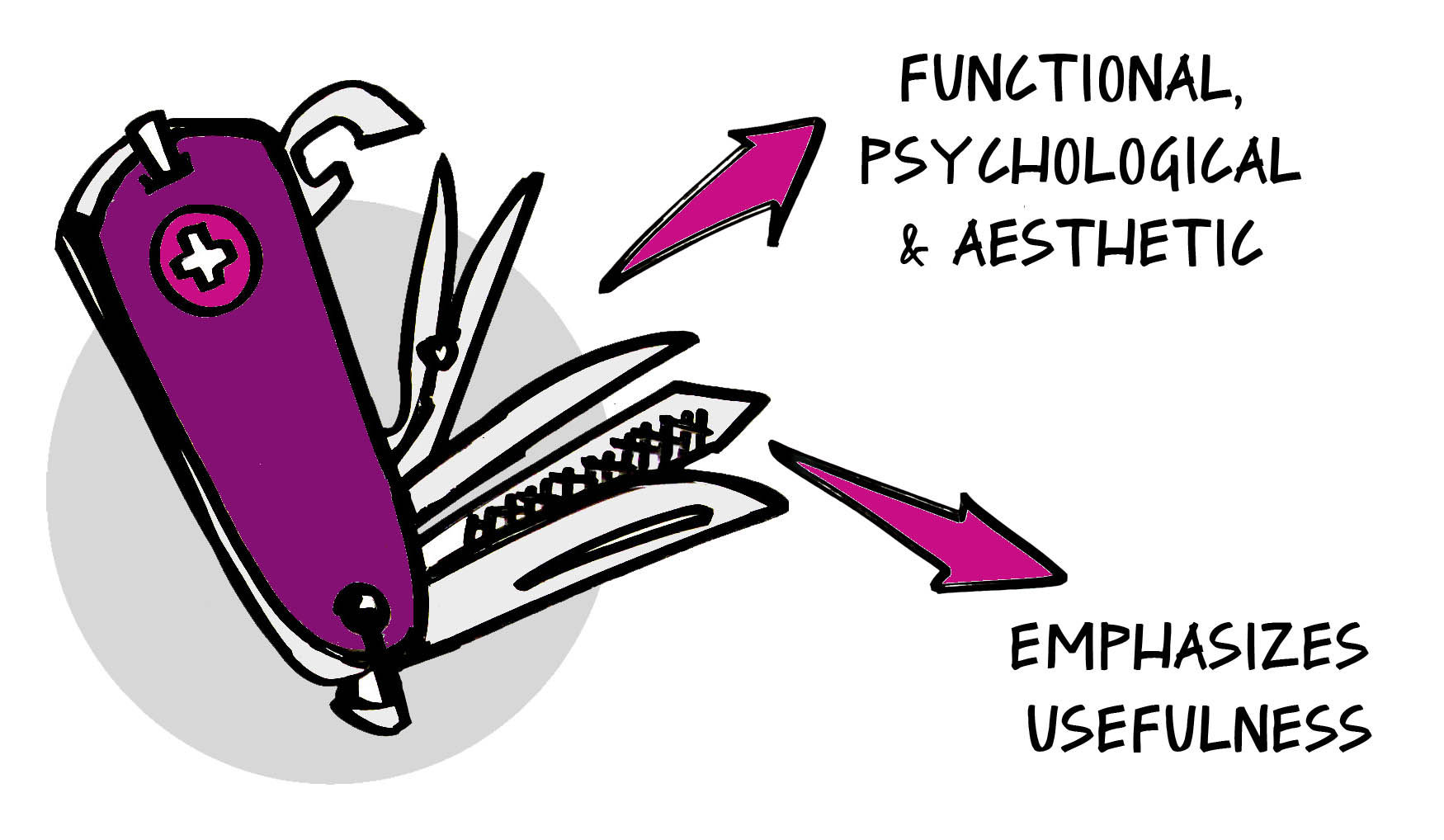
Author/Copyright holder: Collective Next. Copyright terms and licence: All rights reserved Img source
Adherence to Functionality
Or as we prefer to think of it; “Does it do what it says on the label?” People expect a website to work. That’s all adherence to functionality means – “does it work?”
Dead links, for example, are a case of broken functionality. Failure for a site to display properly on a particular screen or in a particular browser is a case of broken functionality. And so on…
It stands to reason that a user’s experience will be less than perfect if they find that your website is a buggy mess that doesn’t deliver on the promise of that site doesn’t it? This is what makes testing so important. Much of the “does it work” testing doesn’t require users – it just requires a methodical test plan that is executed on a regular basis.
However, because you’re not involving users in these tests – it doesn’t mean that the outputs won’t affect user experience. Keeping your site well-maintained is a vital step in delivering on people’s expectations of your site.
Usability
Some people tend to see usability as the whole of UX design (while others see UX design as solely UI design) but that’s not true. Usability is a part of UX design and an important part but it’s not the whole of the remit as we’ve already seen.
Usability is quite simply a measure of how simple it is for a user to learn the site (particularly for infrequent or brand new users) and how easy it is to use the site in the long-term (for regular visitors).
For example; you might find that a new website is available to do a financial health check on your business. It’s been brilliantly developed and every page and feature works as it should. However, it’s also confusing and complicated and there’s not enough information available to make the health check intuitive. This is a usability failure.
So is the example where you build a much simpler tool but after 3 steps in the process – it crashes and it’s impossible for the user to recover their data or go beyond that step.
Usability is always an important consideration for UX designers. Prototyping and wireframing can help you discover usability issues early in the design process.

Author/Copyright holder: Unknown. Copyright terms and licence: Unknown Img source
Influence
Most websites are designed to serve a commercial purpose. To sell products, services, subscriptions, etc.
A critical component of user experience is the ability to influence your users to do what you want them to do. The key metric of influence is usually the conversion rate.
Conversions may be many-staged and may differ from website to website. It may be that the critical component is to get someone’s e-mail address to join a list. It may be that you just want a visitor to buy a product. It may be that you want them to join a list and then buy a product.
Gaining influence in the user experience requires creating an environment of trust (no-one’s going to convert if they don’t trust you) and of persuasiveness in that environment (how you encourage people to convert matters).
You can deliver on usability, adherence to functionality, and usefulness and still fail the influencing test.
Visual Design
Different audiences react differently to different elements of design. I’ve always been a big supporter of advertising on information websites. It’s a fair deal, I get the info and the content provider is compensated. But recently, I installed an ad-blocker.
Why? Because one of my favourite sites decided to integrate auto-play video advertising on every page. I tend to open 10 pages at once and then read them in order. This led to 10 out of synch versions of the same video playing and it drove me mad.
Yet, there are plenty of people that don’t mind this kind of visual design. There are people who love pastel colours and people who hate them. There a people who don’t mind scrolling and people who will never scroll and so on…
Visual design plays a critical role in the user experience and once again, the users will know what they respond to and what they don’t respond to.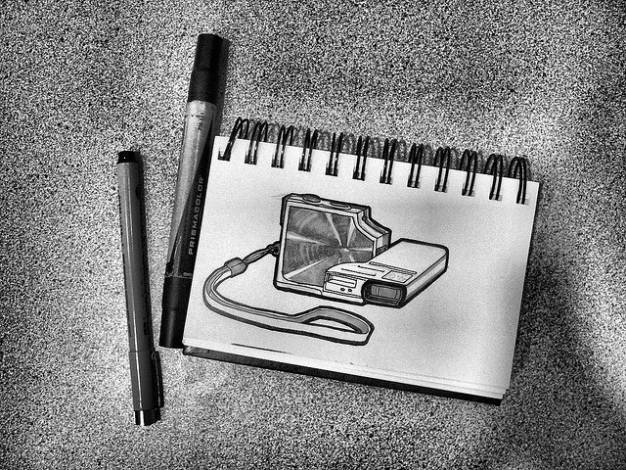
Author/Copyright holder: hobvias sudoneighm. Copyright terms and licence: CC BY 2.0
Summary
By revisiting the elements that influence the user experience of a website; we can review our UX research plans and try to ensure that we cover as much useful ground as possible to deliver a better user experience.
Image
Header Image: Author/Copyright holder: Cite, The Digital Agency. Copyright terms and licence: All rights reserved. Img Source
